How Fast Do Pleco Fish Grow in Aquariums: Comparison with CHARTS and GRAPH
Check Our Quick Stories
There are various types of pleco fish that you can find in the market for your aquarium. The sizes of each of those pleco fishes are also different. So you can’t get the right answer if you don’t clearly mention its type.
bristlenose pleco, considered as common pleco grows up to 6 inches and it takes time to reach its full size up to 2 years. So according to that, its growth rate is 0.25 inches per month. But it grows up to 4 inches within 7-9 months. The average growth rate of other types of plecos is 0.40-1.2 inches per month. But it varies a lot.
But that single-lined answer isn’t enough of this question because there are so many varieties of pleco fish. You should know each of these. So let’s learn the growth rate of each type of pleco fish with its maximum size.
| Pleco fish types | Maximum size | Growth rate (per month) |
| 1. bristlenose pleco | 6 inches | 0.25 inches |
| 2. gold nugget pleco | 9.8 inches | 0.39 inches |
| 3. zebra Plecostomus | 2.5 inches | 0.104 inches |
| 4. Clown Plecostomus | 3.5 – 4 inches | 0.16 inches |
| 5. Sailfin Plecostomus | 13 – 19 inches | 1 inch |
| 6. Snoball pleco | 5.5 – 6.3 inches | 0.31 inches |
| 7. Royal Plecostomus | 17 inches | 0.75 inches |
| 8. Rubber lip plecostomus | 7 inches | 0.58 inches |
| 9. Leopard Frog Pleco | 3.5 – 4.2 inches | 0.19 inches |
| 10. Peppermint Pleco | 6.5 -7 inches | 0.25 inches |
From this chart, I guess you’ve understood the growth rate of different types of pleco fish. Right? But that is not the all here. This is an average rate. Pleco fish does not grow throughout its whole life. So there is a little bit more about the growth rate of pleco fish, which you can understand by checking this graph.

Here in this graph, you can understand easily when a particular pleco fish is growing and when its growth is going to stop. This is such a fish species that lives for 10 years minimum. So you need to know before buying a pleco fry for your fish tank.
Here in this graph, you can see that zebra pleco can grow 1.25 inches within 10 months. So we can say that overall growth is very slow of zebra pleco. Now if we take a look on royal pleco then we can see that it grows 6 inches within 8 months which is quite a good growth rate than zebra pleco. In the case of salfin pleco we can see that it grows 8 inches in 8 months and this is huge as a pleco growth rate but after 8 months the plateau is quite flat.
So this is the graph, which tells more about the pleco growth rate. By knowing this data you can make a plan for the bigger aquarium to keep plecos with you forever. But according to me, you should build a bigger one if you are planning to keep plecos now. But here I’ll tell you about the size of the fish tank also to keep pleco in it.
Here I’m going to provide a chart from where you can able to know about which tank size will be suitable for you.
| Pleco fish type | Fish tank size |
| 1. bristlenose pleco | 25 gallon |
| 2. gold nugget pleco | 50 gallon |
| 3. zebra Plecostomus | 30 gallon |
| 4. Clown Plecostomus | 20 gallon |
| 5. Sailfin Plecostomus | 100 gallon |
| 6. Snoball pleco | 50 gallon |
| 7. Royal Plecostomus | 125 gallon |
| 8. Rubber lip plecostomus | 30 gallon |
| 9. Leopard Frog Pleco | 30 gallon |
| 10. Peppermint Pleco | 50 gallon |
All-time try to remember this chart which will help you to build a well suitable tank for your pleco fish even if you don’t know about its size or anything like that. Otherwise, if you keep it in a small tank, then at that time the growth rate will be much slower than its normal growth rate. So try to give it some good space to do some activity in a fish tank from the beginning.
Read more:- Does pleco eat driftwood?
Why is my pleco not growing?
Lots of people ask this question about their pleco fish. They think that their fish is not growing after a certain period of time.
Yea that’s right. After sometimes you may think that your pleco isn’t growing much. So at that time, you need to check some factors which I’m gonna discuss these.
-
Improper tank size
-
Improper nutrient balance
-
Wrong tank mates
-
Bad water condition
-
Lack of hiding places
Now let’s discuss comprehensively these points
Improper tank size
To help pleco to grow faster you need to provide it a good free space to move. If your fish tank is not enough big then you may face some trouble. The minimum fish tank size for a common pleco should be 30 gallon. You can put it on the shorter tank at an early stage but sometimes later the growth of pleco will be stopped and you can’t even understand it. So my recommendation is to try to put it in a bigger tank from the very first day. The more you give the space the more it grows faster in spite of it having a slower growth rate.
Here on the top, I’ve given the suitable tank size for each type of pleco. You can check that out if you really think that your pleco fish isn’t growing anymore.
Improper nutrient balance
As pleco has a bigger size than other aquarium fishes, that’s why it needs more food to eat. But that food should have a higher nutrient value otherwise pleco fish will be always hungry and hungry is equal to stress and stress is equal to the lower growth rate.
If you want to give natural food to your pleco fish then zucchini, cucumber, pumpkin etc will be great options. Pleco loves to etc cucumber. But sometimes try to mix zucchini and pumpkin with it. Pleco will love it too.
But if you want to go for ready-made food then hikari make algae wafer will be the best for pleco fishes. This contains vitamin C which is very much important for the pleco. You can check here for today’s discounted price on Amazon.
Wrong tank mates
Wrong tank mates can give stress to your pleco fish. So choose the tank mates of pleco fish wisely. One thing you should remember is that you should not keep more than one pleco in one aquarium. It doesn’t tolerate its own kind of fish. So this will be a mistake if you are thinking about it.
The best tank mates of pleco can be gouramis, guppies, loaches mollies, platies, etc. But don’t make congested your aquarium with lots of fish. That will prevent the growth all of your fish species in a fish tank.
Bad water condition
Bad water condition is another big cause of lack of pleco’s growth. You have to check the pH level, nitrate level, phosphate level with the temperature of the water. These factors are very much important for pleco fish’s growth. Pleco fish can tolerate between 6.5 to 8 pH level and the temperature should be between 68 to 82 degrees Fahrenheit. So you need to check these water parameters once or twice a week.
Bad maintenance can be another issue of it. If you don’t check waters then this will affect pleco’s growth passively. So don’t forget to change the water of the fish tank. You should change 30% of the water once or twice in a week if you have pleco fish in a fish tank.
Lack of hiding places
Hiding places are a must to keep pleco in the aquarium. Basically, pleco is a lazy type of fish and it needs some hiding places to grow. So if you don’t provide the proper environment to it in the fish tank then it will get stress from it and you know that stress is equal to less growth. So try to keep some driftwood, caves big stones as hiding places in the tank for the pleco.
Final thoughts
So from this article, you can know that the growth rate of pleco is quite slower than other aquarium fishes. You can’t see it is growing after a few months. But don’t be worried. If your pleco is not growing then try to find the reasons why it’s not growing. But from those charts and graph, you can understand the growth of each pleco type what you can expect.
So best of luck & happy fishkeeping 🐟



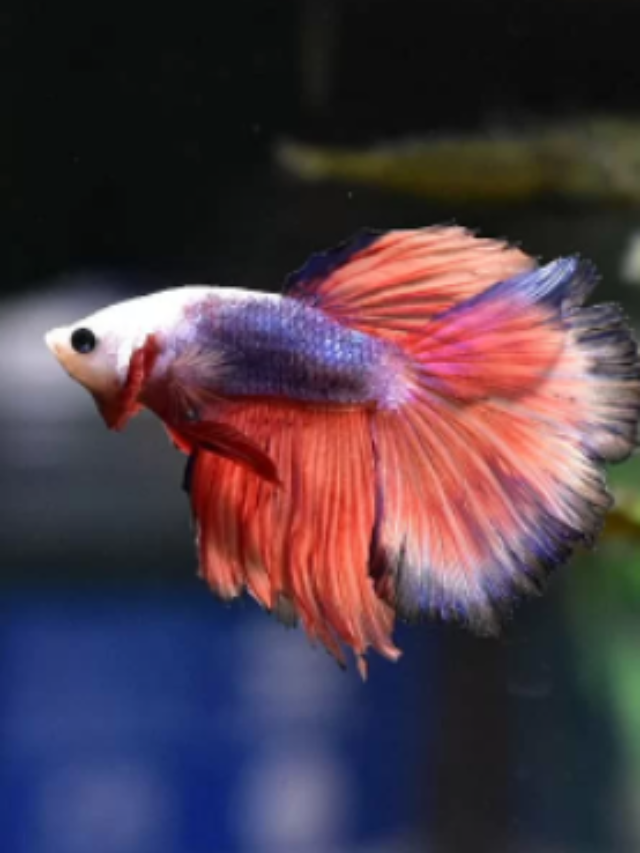

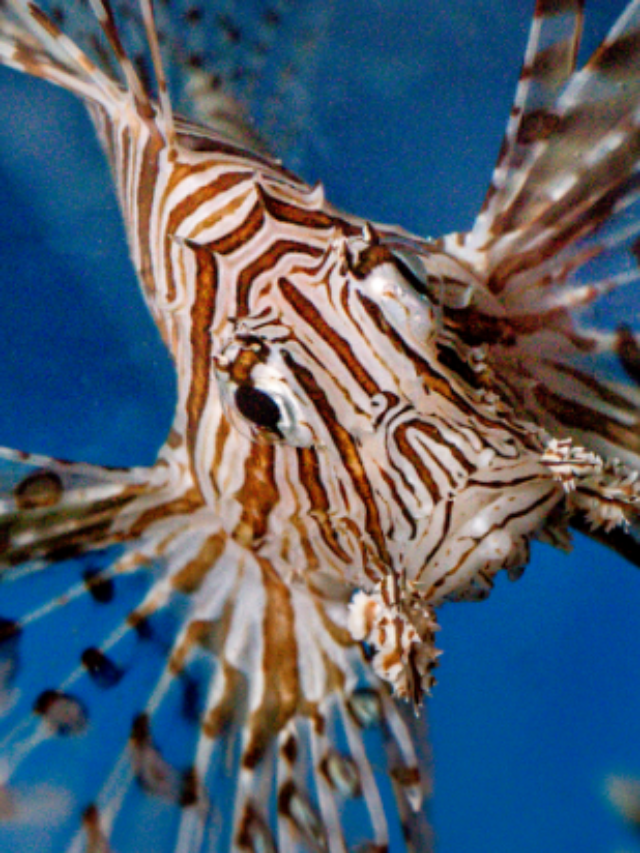

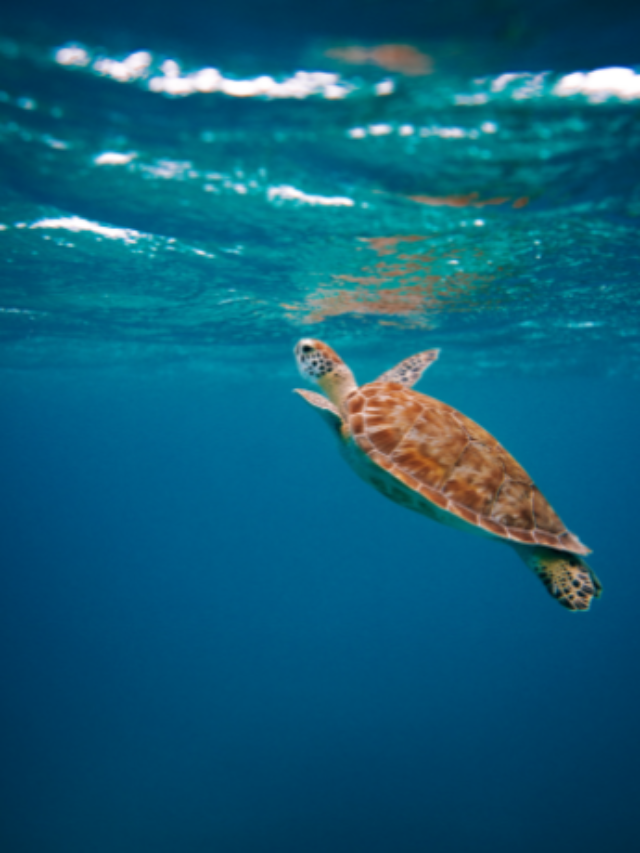
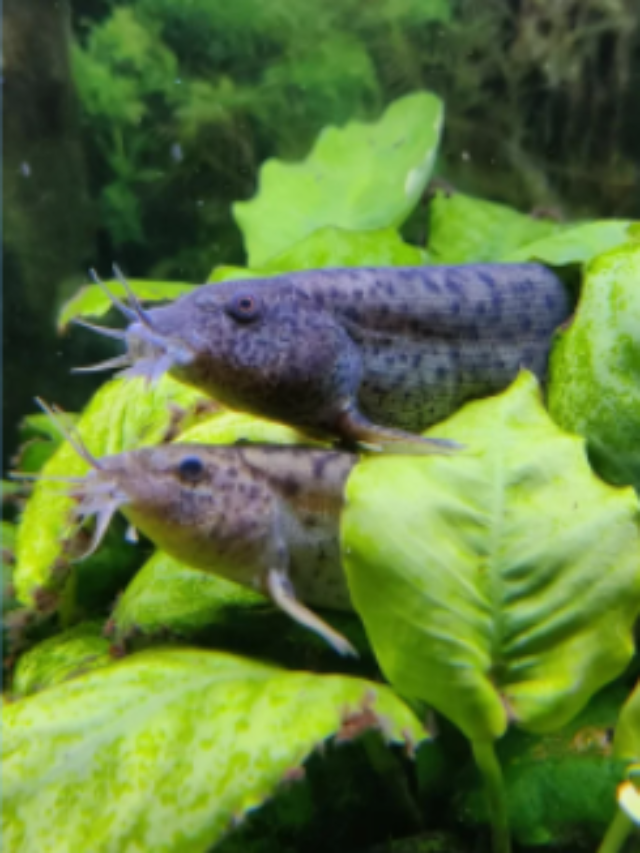
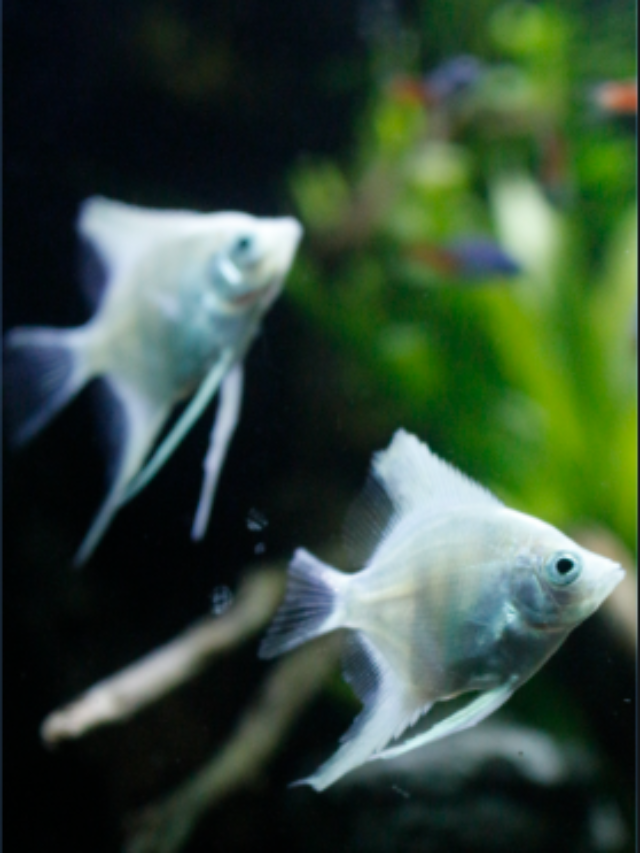
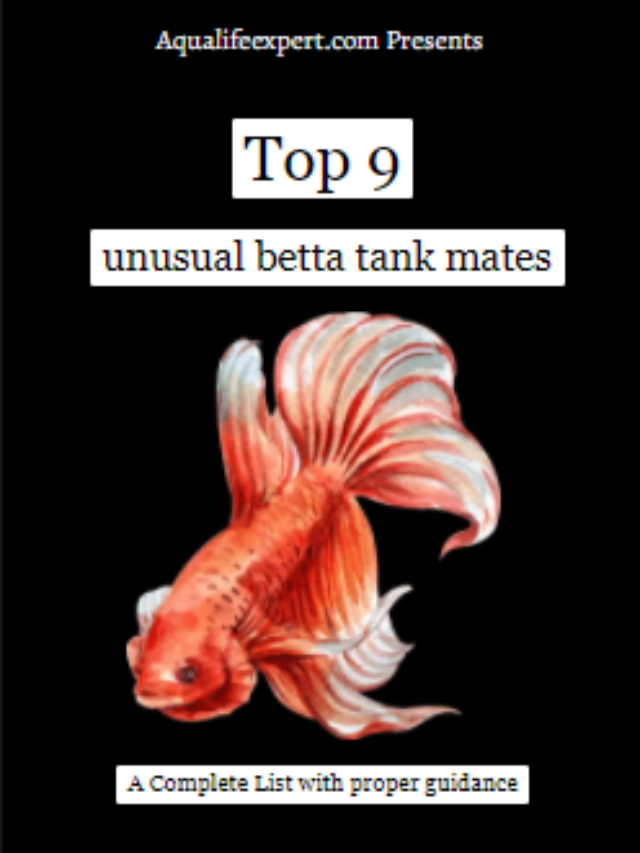

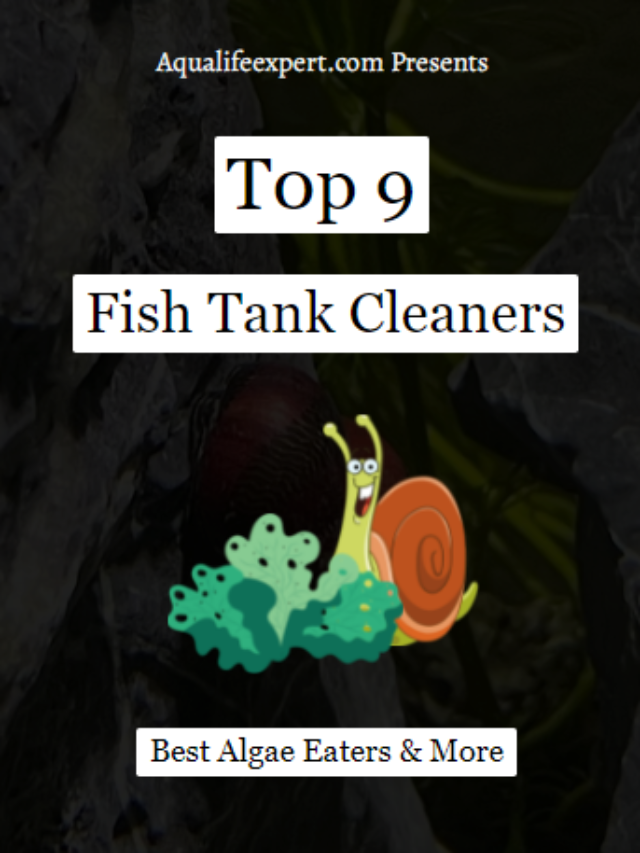




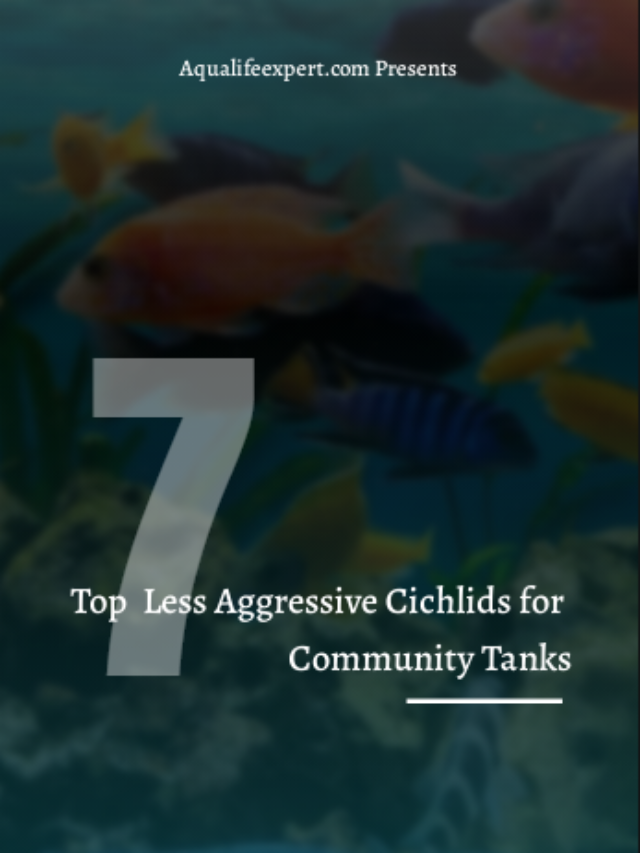
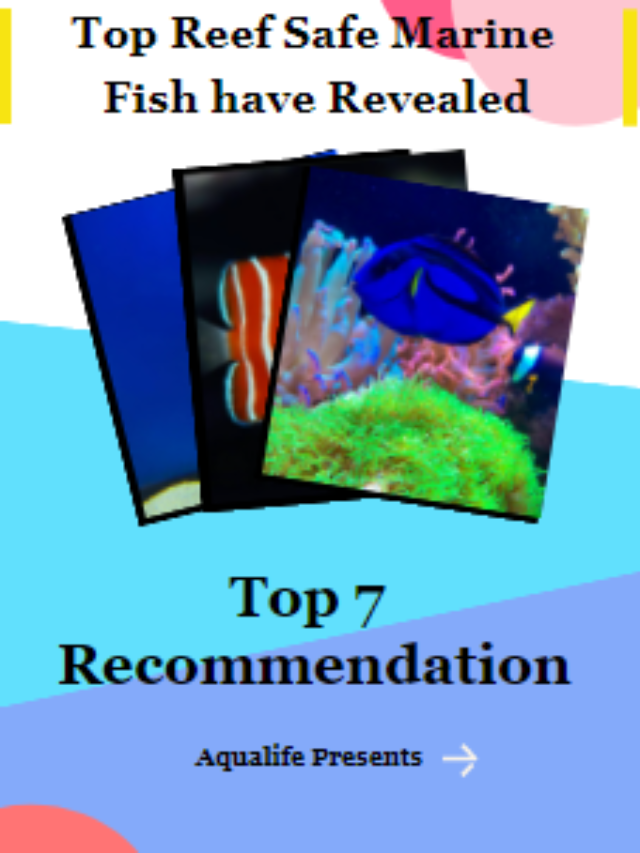


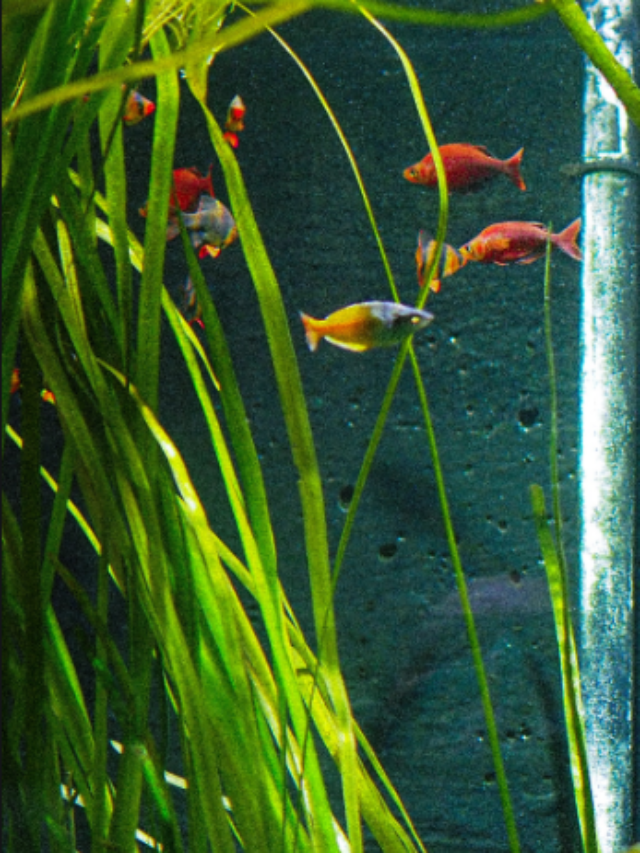
One thought on “How Fast Do Pleco Fish Grow in Aquariums: Comparison with CHARTS and GRAPH”